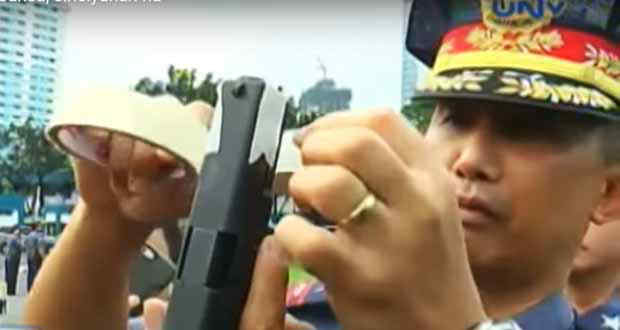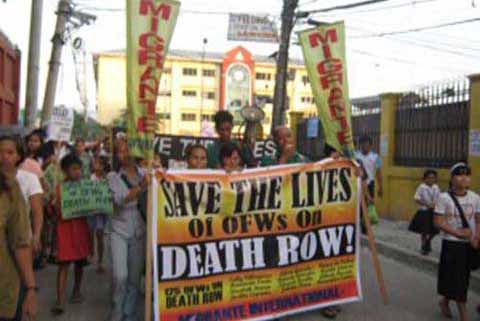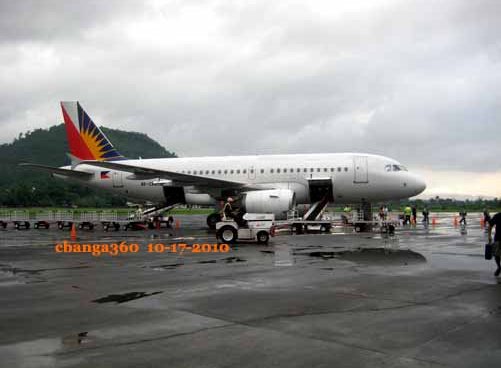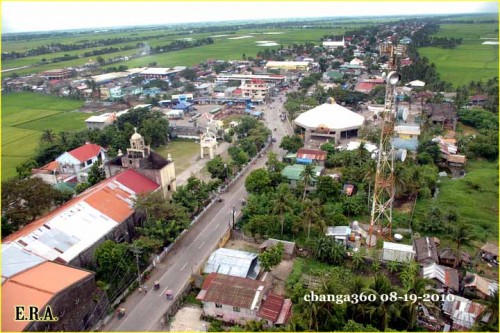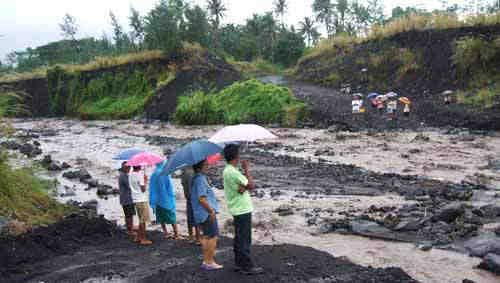Page 9
14. Artillery support from 6th Infantry Division of the Philippine Army (61D-PA) was not delivered when needed most because Major General Edmundo Pangilinan, Division Commander of 6ID, considered the no-going peace process and protocols in the use of artillery.
15. The lack of situational awareness, limited cover and concealment, ineffective communication, and sustained enemy fire prevented the 1st Special Action Battalion (1SAB) and 4SAB containment forces from reinforcing the beleaguered 55 th Special Action Company (SAC) troops.

16. CCCH and AHJAG undertook all efforts to reinstate the ceasefire. “Pintakasi” and the loose command and control of the MILF leaders over their field forces contributed of the difficulty in reinstating the ceasefire.
17. Some of the radios of the SAF Commandos were unreliable because these were not designed for military-type tactical operations.The batteries had poor power-retention capability due to wear-and-tear. Furthermore, SAF radios were not compatible with AFO radios for interoperability.
18. There was a breakdown of command and control at all levels due to ineffective and unreliable communication among and between the operating units.
19. There are indications that 55th SAC was not able to secure its perimeter, conduct reconnaissance, occupy vantage positions and establish observation posts.
20 Several rounds of ammunition of M203 grenade launchers were defective.
21. The United State involvement was limited to intelligence sharing and medical evacuation. Only SAF Commandos were involved in the actual combat operation of Oplan Exodus.
22. Autopsy reports indicate that four (4)SAF Commandos were shot at close-range while they were still alive. Records also indicate the possibility that some SAF Commandos were stripped-off their protective vests prior to being shot at close-range.
- Road Tour Calabanga:San Pablo to Amang Hinulid - August 31, 2022
- Miss U Catriona Gray Rumampa ng Suporta sa Tropa - May 9, 2022
- Dalawang Shoutout SOX People’s Rally for Leni - April 4, 2022




































